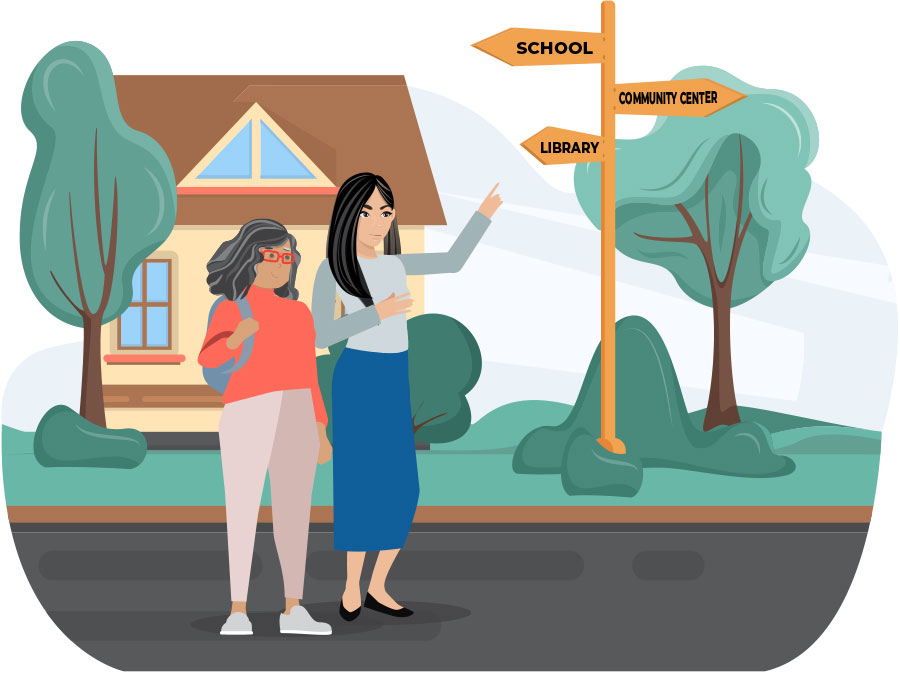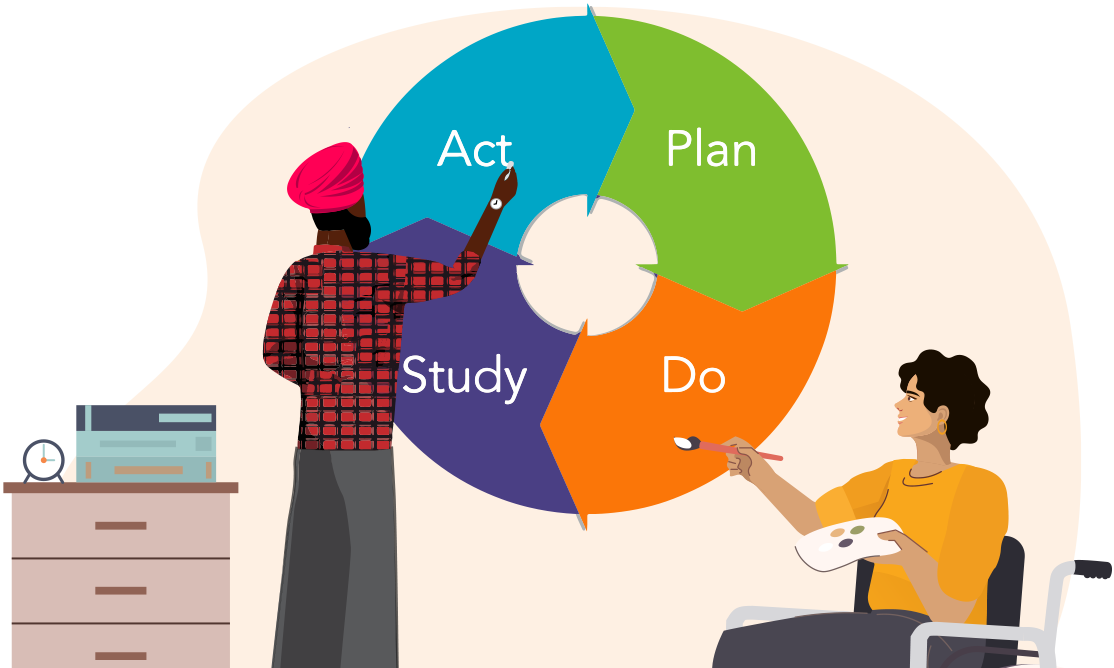CI4E Process

Teams should go through all six CI4E process stages to ensure equity is centered within every component of their continuous improvement effort. We know that the journey through these stages will differ for every education team: where you begin and the order you go through each stage is up to you.
To help center equity in your continuous improvement effort, select any CI4E stage from the six below to start your guided pathway. Then, choose an area and answer the equity questions. Once you complete an area, you can receive a customized list of resources. For further explanation of the guided pathways, go to Learn How CI4E Works.

Understanding the System
Schools often reproduce rather than disrupt the patterns of social exclusion and oppression as many practices and ways of teaching ignore or exclude knowledge and histories of marginalized communities. To build a CI4E effort that achieves equitable student outcomes, education teams must first understand the historical and current factors that create inequity in communities, schools, and school systems. This pathway urges teams to seek the wisdom and participation of communities most affected by inequity.
Creating a Collaborative and Diverse Team
Successful CI4E efforts in schools and school systems are led by teams who value and engage diverse participants and practitioners, address power structures in the team, and design solutions from the knowledge and participation of the communities being served. This pathway will help teams think about how to embed equity into the norms, structures, and decision-making procedures.


Determining an Aim
To determine an aim with equity in mind, education teams must ensure that knowledge and urgency are centered on the communities most affected by inequity, measures are selected using an asset-based approach, and goals perpetuate equitable outcomes.
Designing a Theory of Improvement
Teams need an evolving theory to reach their aim. In a CI4E effort, the theory of improvement is informed by research, data, and practice and designed with an understanding of the strengths and needs of students and the communities most affected by inequity in the school or school system.


Testing Interventions
This step helps education teams apply an equity focus on disciplined inquiry cycles. It advocates for including the knowledge of those most affected by inequity, practicing clear communication, and pausing to determine if tested changes lead to relevant and valued student improvements.
Convening a Network
Embedding equity in the design of an education-based network supports the organizational capacity to build inclusive consensus among organizations with similar and distinct missions, foster a welcoming environment for new ideas and innovation, and address any challenges to equity.

